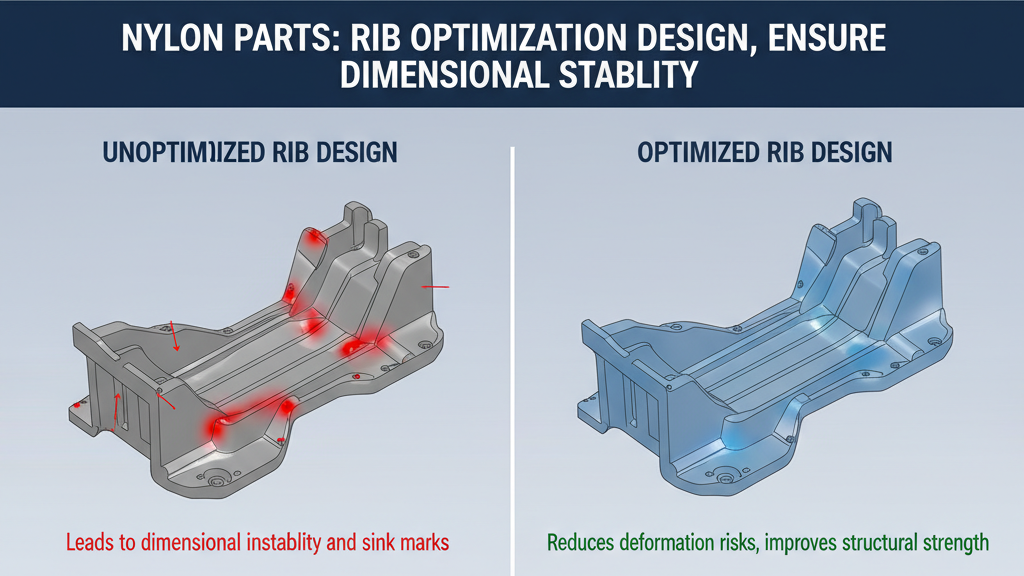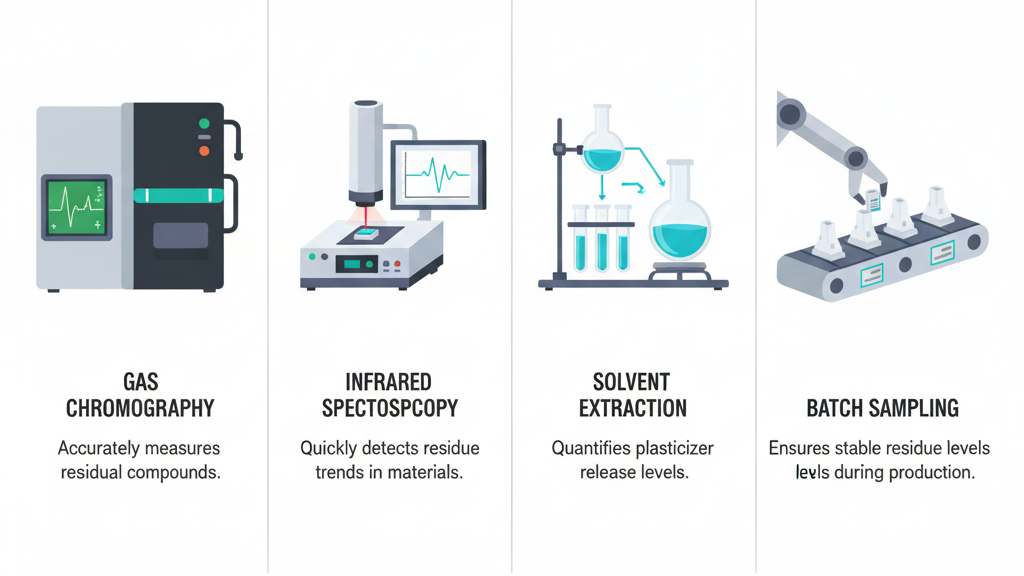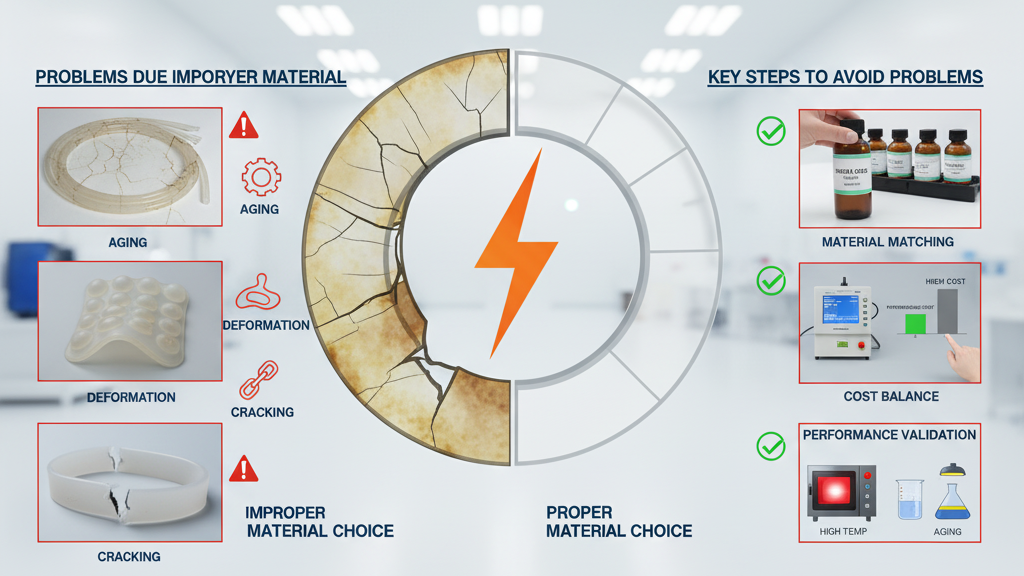Introduction

TPO materials are widely applied in toy production due to their flexibility and durability. The proper melt flow index (MFI) range determines melt flow behavior, ensuring molding consistency and stable product quality. A stable MFI significantly enhances impact resistance and overall toy durability.
In today’s competitive market, durable toys are more likely to earn parents’ trust. By controlling the MFI precisely, manufacturers can extend toy lifespan while reducing quality complaint risks. This is not only a technical choice but also a reflection of brand value.
How does MFI affect toy structural strength?

The MFI directly impacts mold filling and internal density during injection molding. Excessively high MFI may lead to brittleness, while too low MFI can cause poor filling. Only precise MFI control ensures stable toy durability.
- Material stability: Balanced flowability and strength are achieved with proper MFI.
- Process optimization: Proper MFI minimizes stress concentration in molding.
- Extended lifespan: Stable MFI reduces risks of cracks and fractures.
- Cost control: Lower defect rates improve mass production efficiency.
😀 MFI stability is the core factor securing toy structural strength.
How does MFI impact toy safety performance?

Toy safety relies not only on design but also on material performance. The MFI of TPO directly influences toughness and elongation at break. A proper MFI range helps avoid risks of brittleness or deformation.
- Impact resistance: Proper MFI enables toys to withstand stronger external forces.
- Flexibility: Enhances cushioning effects when toys fall.
- Long-term reliability: Stable MFI reduces risks of material aging.
- User experience: Better tactile feel and stronger sense of safety.
🛡️ A suitable MFI ensures toys are safer and more reliable in use.
Can MFI improve toy market competitiveness?

In the toy industry, durability and safety are decisive in consumer purchasing. Properly controlled MFI not only improves manufacturing efficiency but also strengthens product differentiation. This allows manufacturers to gain market reputation with premium quality.
- Product upgrade: Stable MFI creates stronger selling points.
- Differentiation: Builds an image of safer, more durable toys.
- Brand value: Durability directly translates into consumer trust.
- Market expansion: Improves export potential and certification success.
🚀 MFI optimization is a key weapon in market competition.
TPO MFI and Toy Performance Comparison
| Comparison | High MFI TPO | Medium MFI TPO | Low MFI TPO | Stable MFI Control |
|---|---|---|---|---|
| Flowability | Excellent | Moderate | Poor | Optimized balance |
| Strength | Lower | High | Higher | Stable and reliable |
| Safety | Brittle | Good | Defective | Best performance |
| Competitiveness | Average | Medium | Limited | Significant boost |
Extended Applications
MFI control is not limited to toys but is widely used in automotive interiors, home appliances, and electronics. Different MFI ranges match specific processing requirements, creating a balance between performance and cost. In practice, flexible MFI adjustment is a key driver of industrial upgrading.
1.Automotive parts: Proper MFI improves impact resistance.
2.Appliance housings: Ensures molding precision and appearance.
3.Electronic components: Balances toughness and thin-wall structures.
4.Medical supplies: Focuses on safety and material stability.
Conclusion
TPO MFI control in toy manufacturing affects structural strength, safety, and market competitiveness. The proper MFI range is the core guarantee of durability and reliability.
For manufacturers, it provides the best balance between cost, quality, and brand value. As industry standards rise, MFI optimization will play a critical role in more applications.
For expert assistance in implementing for your production needs, visit our resource center or contact us. Let’s help you scale up your manufacturing with precision and efficiency!







